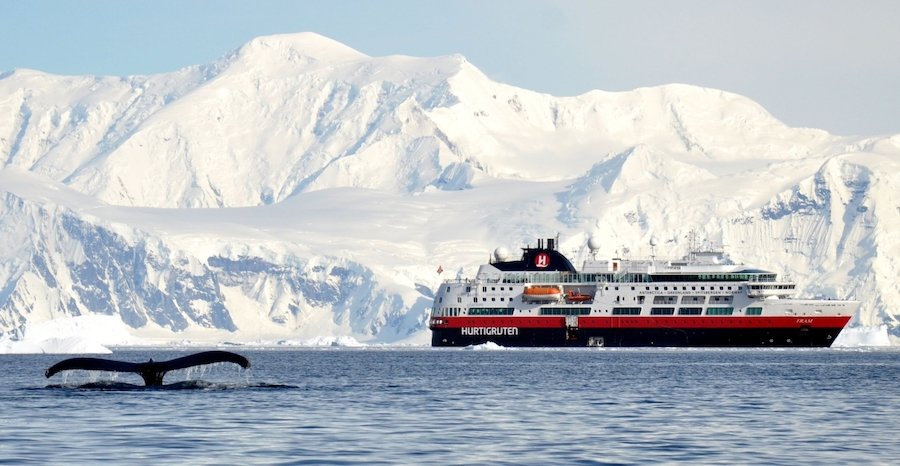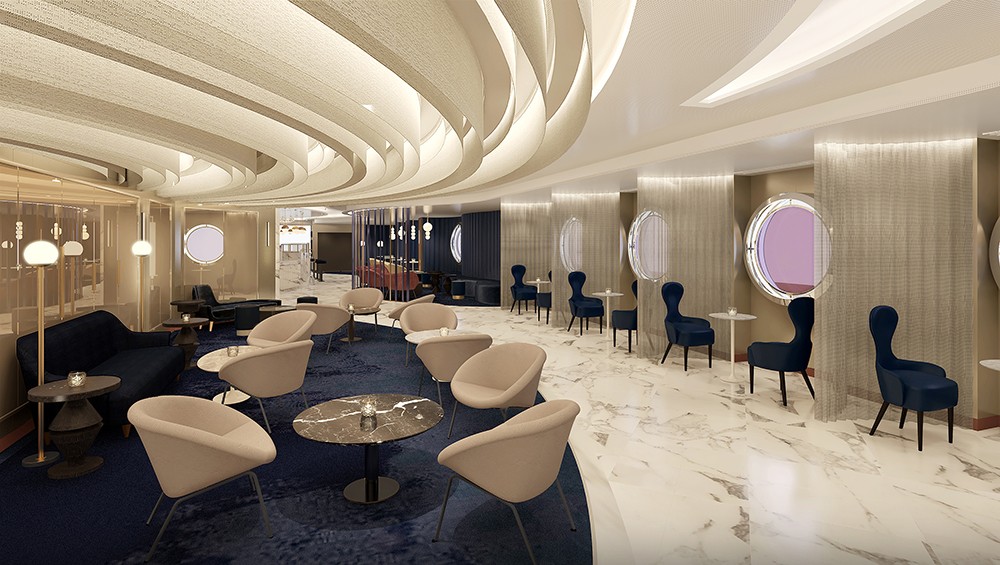World’s First Hybrid Electric Ship Sails to Antarctica for 2021 Solar Eclipse

So why not take a cruise to see it live?
Cruises, despite their ever-growing popularity, are notoriously bad for the environment. Some research points that every passenger's carbon footprint is about 3 times bigger on board than it would be on land, so cruise ships aren't just as big as cities – they're even able to pollute more than them, too.
This one is different, though. To see the total solar eclipse in 2021 in Antarctica, Hurtigruten suggests using the MS Roald Amundsen, aka the world's first hybrid electric-powered vessel. Using battery packs combined with low-sulfur diesel, Amundsen set off on its maiden voyage to Antarctica in early 2019, so by 2021, it will have done the itinerary quite a handful of times.
With 11 decks and 265 cabins infused with Scandinavian finishes, the Amundsen isn't just huge, it's also a leader in the cruise ship industry in terms of care for the environment. This makes it ideal for a voyage of the kind you won't be able to experience for another 75 years, which is when another total solar eclipse is expected to occur.
"We will sail both the world's first hybrid electric-powered expedition ship, the MS Roald Amundsen, and her sister ship, the MS Fram, to prime positions outside the South Orkney Islands aiming to see this spectacular natural phenomenon," Hurtigruten CEO Daniel Skjeldam says in a press statement.
The only caveat is for the weather to allow the viewing. Of course, that is not something Hurtigruten can speak for.
"This is a unique opportunity for a very limited number of modern-day adventure travelers to both immerse in the seventh continent and its icebergs, penguins, seals, whales and birds, and at the same time have front-row access to an astonishing planetary display," Skjeldam adds.
In addition to being able to witness all these interesting things first-hand, both cruises will also include science centers and teams of experts (glaciology, marine biology, oceanography, and photography), turning the voyage into a deep learning experience. Guests will be able to use microscopes to study the findings in the water or on land, and to take part in various science projects.
"We aim for all Hurtigruten sailings to be life-changing and transformational," Skjeldam explains.
The cruise on MS Roald Amundsen is 18 days long, and prices start at a little over $14,000 per person. The one on MS Fram is 23 days long, and costs upwards of $17,000 per person.

Related News


